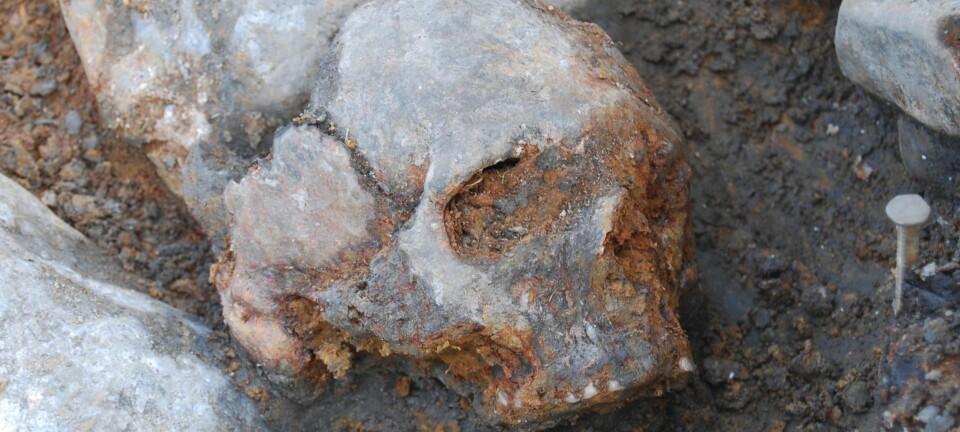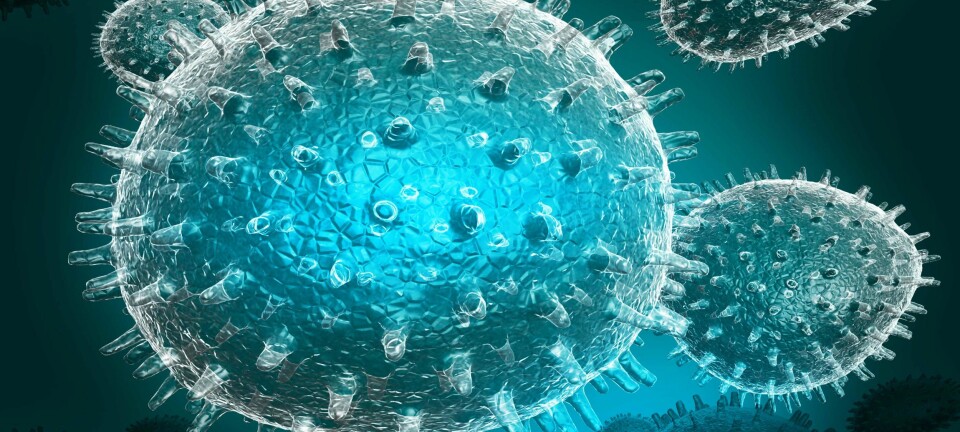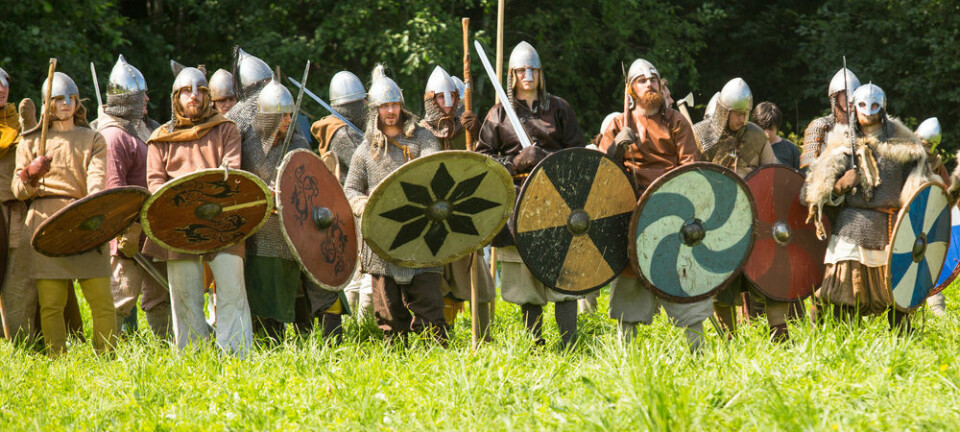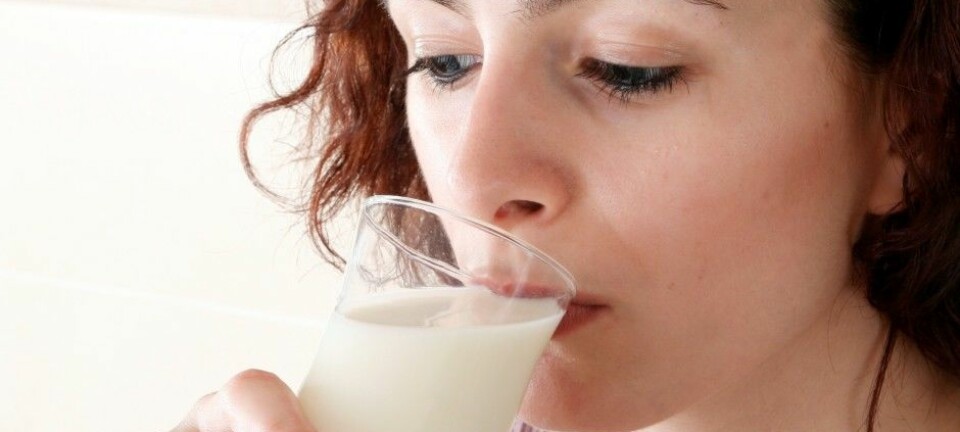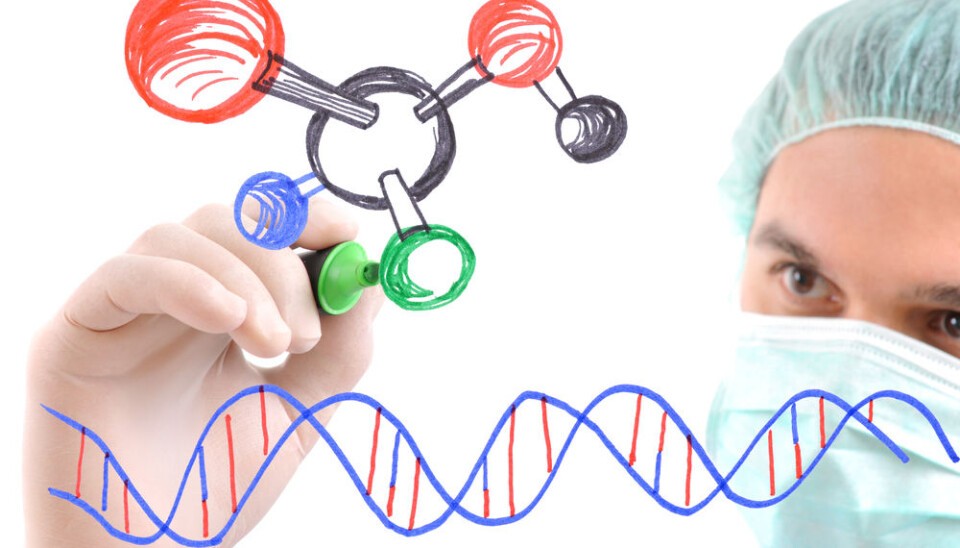
New method reveals if you have too many genes
Scientists have developed an entirely new method of discovering dangerous changes in our genome.
The human genome consists of thousands of genes, each of which codes a specific function in the body.
Humans usually have two copies of each gene, one from the father and one from the mother. However, changes in the genome can lead to some genes losing their partner while others may appear with more than two copies -- and this can cause the development of genetic diseases and cancer.
In a new study, scientists from University of Groningen and the Technical University of Denmark (DTU) have developed a new method which makes it easier to detect whether a person has too many or too few genes. The results were recently published in Nature Genetics.
"This is a new way to determine if some people have small segments of their genome which have been duplicated or are missing," says study co-author Tune Pers, post-doc at the Broad Institute of Harvard University and MIT and Ph.D. from the Centre for Biological Sequence Analyses at DTU.
Measuring protein recipes
To understand how mapping the activity of genes can help detect dangerous variations in the number of genes, we first need to understand how genes actually work.
"In popular terms, our genome can be regarded as being rather like a collection of recipes. Each gene is a recipe for a specific protein," explains Henrik Bjørn Nielsen, Ph.D. at the Centre for Biological Sequence Analysis at DTU. He was not involved in the new study.
The recipe is used by individual cells to make proteins and other molecules.
When a gene needs to instruct the cell to make a specific protein the gene makes a copy of itself – this is known as RNA.
Each cell has protein factories, ribosomes, which can read the RNA and make the protein in the recipe. After this, it is the protein which performs the function needed by the cell -- e.g. forming the brown pigment in the eye or causing the cells to divide or stop dividing.
All processes in the body are managed by the proteins made on the basis of the RNA, which is a copy of our DNA.
By measuring the amount of RNA, e.g. in a blood sample, we can get an idea of how active a specific gene is. Excessive RNA from a specific gene may indicate that the person concerned has more than one copy of that gene.
For instance, having too many copies of the gene that instructs the cells to divide may increase your risk of developing cancer.
Natural variation in job done by genes
The amount of RNA in your body will vary depending on the time of day, what you have eaten, whether you are hungry, pregnant or tired, whether you have been out for a run, and so on.
Scientists refer to this as the natural variation.
By analysing 77,840 samples from different tissue and cell types, the scientists behind the new study were able to map the variation in the amount of RNA.
"By using this method you can filter out the natural variations in the amount of RNA in a blood sample. Then you will spot if a gene is too active and appear in more than two copies or if it’s too inactive, meaning that the person only has one copy of the gene," says Pers.
According to Pers, this method is both cheaper and easier to use than the methods currently in use for detecting too many or too few copies of a gene.
Nielsen agrees.
"This really is a fine piece of work and extremely exciting basic research. They capture the entire natural variation in the genes manifestation,” he says but adds that recent developments in DNA sequencing is offering another alternative.
“The latest DNA mapping technologies are just as good as this, and they'll soon be cheaper," says Nielsen.
Perspectives for development of cancer drugs
The scientists have use the new method to analyse 16,172 samples from malignant human tumours and through this, spotted several consistent genetic variations in a broad cross-section of cancer types -- breast cancer, bladder cancer, leukaemia, prostate cancer, etc. all have genetic variations involving too many or too few copies of specific genes.
"When you know which gene is over-active and which protein this gene codes, then you have a potential for the development of medications which can decrease precisely that gene or protein for which the gene is a code," explains Pers.
The scientists have, for instance, found out that women with breast cancer typically have five copies of a specific gene.
"The work is a splendid demonstration of how useful it is to integrate data across thousands of individuals and it emphasises that analyses of large volumes of data can revolutionise our understanding of biology and disease. There will be many breakthroughs like this in the near future,” says Pers.
---------
Read the original story in Danish on Videnskab.dk
Translated by: Hugh Matthews
